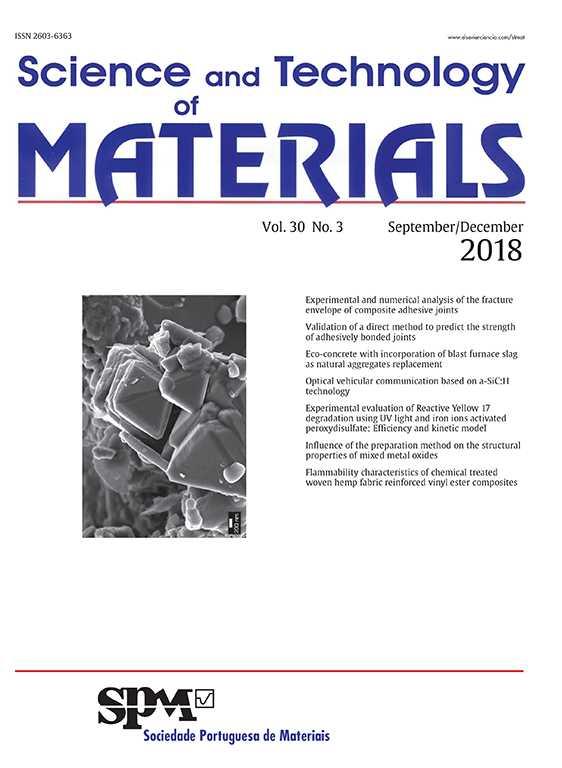The potential of a hydrophobic aerogel-like material for phenol adsorption from aqueous solutions was studied. Firstly, the effects of phenol concentration and adsorbent dosage on the adsorption equilibrium were investigated. The adsorption capacity of phenol at equilibrium increased with the increase of initial phenol concentration and decreased by increasing the adsorbent dosage. The optimum adsorbent dosage was 0.45g/45mL, corresponding to a removal percentage of 54% and a liquid-solid ratio of 100. Langmuir and Freundlich isotherm models fitted fairly the experimental equilibrium data, but the Freundlich model was adopted as the more suitable for describing the studied system. Secondly, the performance of the adsorbent was investigated by using two different system layouts: perfectly stirred tank in batch conditions, and fixed bed column tested in continuous regime. Pseudo-first and pseudo-second-order kinetic models were fitted to have an assessment on the kinetic parameters and adsorption mechanism. Finally, feasibility of chemical regeneration of the adsorbent, using an acid solution, and its effect on the phenol adsorption capacity were also examined. The changes in the chemical structure of the adsorbent after 4 regeneration cycles were assessed by Fourier transform infrared spectroscopy (FTIR). High regeneration efficiency of the adsorbent was observed in all performed cycles.
Información de la revista
Acceso a texto completo
Adsorption of phenol on silica aerogels using a stirred tank and a fixed bed column
Visitas
1379
Este artículo ha recibido
Información del artículo
Abstract
Keywords:
Adsorption
phenol
silica-based aerogel
equilibrium isotherms
kinetic models
batch and continuous regimes
El Texto completo está disponible en PDF
References
[1]
J. Michałowicz, W. Duda.
Pol. J. Environ. Stud., 16 (2007), pp. 347
[2]
G. Busca, S. Berardinelli, C. Resini, L. Arrighi.
J. Hazard. Mater, 160 (2008), pp. 265
[3]
A. Dabrowski, P. Podkościelny, Z. Hubicki, M. Barczak.
Chemosphere, 58 (2005), pp. 1049
[4]
F. An, B. Gao, X. Feng.
Chem. Eng. J., 153 (2009), pp. 108
[5]
M.N. Perdigoto, R.C. Martins, N. Rocha, M.J. Quina, L. Gando-Ferreira, R. Patrício, L. Durães.
J. Colloid Interface Sci., 380 (2012), pp. 134
[6]
S. Štandeker, Z. Novak, Ž. Knez.
J. Colloid Interface Sci., 310 (2007), pp. 362
[7]
G. Qin, Y. Yao, W. Wei, T. Zhang.
Appl. Surf. Sci., 280 (2013), pp. 806
[8]
T. Matias, J. Marques, M.J. Quina, L. Gando-Ferreira, A.J.M. Valente, A. Portugal, L. Durães.
Colloids Surf. A, 480 (2015), pp. 260
[9]
M. Kilic, E. Apaydin-Varol, A. Pütün.
J. Hazard. Mater, 189 (2011), pp. 397
Copyright © 2017. Portuguese Society of Materials (SPM)





